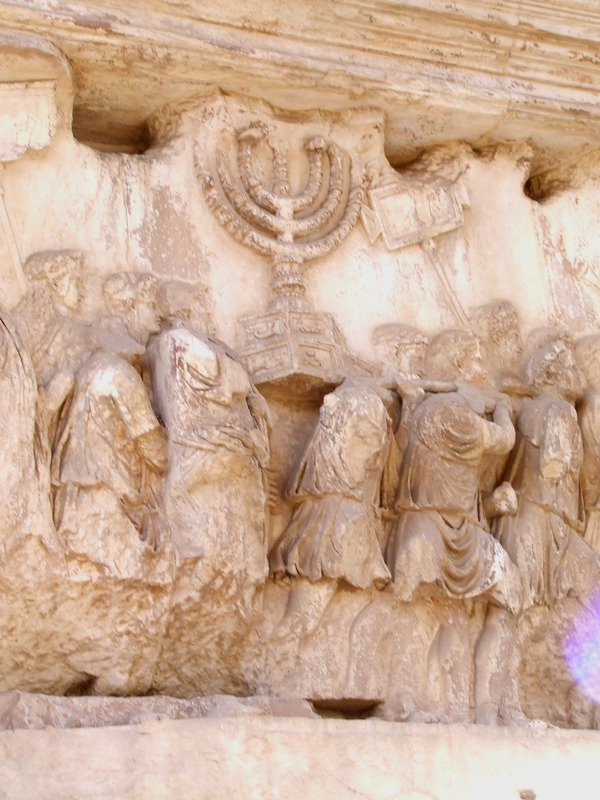The Black Market
Illegal trade and production of antiquities is not a new practice. Forgeries have been a problem since the very first coins were minted and the illegal trade of artifacts from one country to another began when sacking a city for plunder became commonplace.
Why, then, should we care about the illegal trade of antiquities?
When we speak about the idea of "cultural heritage," we are speaking about our history, our morals, our art, our ideas, our thoughts and our emotional responses. We are inspired and influenced by our predecessors in ways that we might not ever fully understand or realize.
Protecting these artifacts, stories, or ideas for those who come after us is a large part of the push for better laws. If the plundering of archaeological sites were allowed to continue, neither we, nor our descendents, would be able to study these ancient cultures or our collective history.
History is important; thus, its artifacts can be very valuable. This monetary value can entice people to take advantage of other peoples' or even their own cultural legacy. Preserving this heritage, and respecting the future, is an important reason to collect responsibly.
The long tradition of taking symbols of cultural heritage as war "booty" was not started by the Romans but it was certainly perpetuated by them. Here, in the Arch of Titus, erected in 82 CE by Titus' brother, Domitian, to celebrate Titus' victories in Israel, we see Roman soldiers carrying a menorah (a cultural symbol of the Jewish people, in ancient and modern times) as well as other goods taken from the area. Goods like these were usually part of "triumphal processions," or parades with spoils of war displayed for the people of Rome to see.
.
